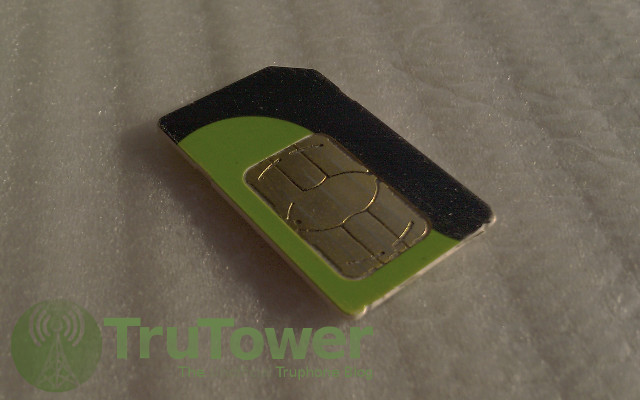Up until now, we have done very few articles that put roaming SIM cards head to head with the competition, which does, to a certain extent, include local carriers as well as other services. We compared Tru SIM and Maxroam way back in February.
International SIMs are unique in many ways, so it’s almost impossible to compare the products they offer to other offerings fairly. With Truphone, no other company in the world offers you multiple mobile numbers on one SIM card that you can use to both text and call at local rates. Maxroam allows you to call, but also gives you additional features and benefits. You can use your iPhone, iPad, or other tablet or smartphone on these global service providers, and they offer unique international plans for many of these devices.
For this article, we’ll be comparing Truphone’s Tru SIM with what U.S. carrier AT&T has in the pipeline. AT&T has recently started offering new competitive international data plans, and we’ve been getting a lot of requests from readers to compare the two. We decided to do an overall comparison to try and be as fair as possible.
Tru SIM works in nearly 230 countries to offer lower rates (though the aforementioned local SIM numbers are currently available in three) while AT&T’s new international roaming plans are good in only 135 countries (though they do cover 225 countries).
AT&T’s new rates in the 135 country coverage area are as follows:
- 120 MB for $30/month ($0.25 / MB)
- 300 MB for $60/month ($0.20 / MB)
- 800 MB for $120/month ($0.15 / MB)
The overage rate for all packages is $30 for each 120 MB. The data usage pay-per-use rate outside of the 135 country area is $.0195/KB, except in Canada where rate is $.015/KB.
The rates with Tru depend on your destination, and we recommend you use the Tru source link below to do your own comparison for each country and find out which one works for you based on where you are going and which features you need. We did find many of these countries did indeed appear to have a better overall rate for data on AT&T, but your usage directly affects how much you spend. In addition, you also need to factor in the voice and messaging expenses, which is usually cheaper on Tru in most of the 230+ destinations, and is something Tru VoIP App could help keep low as well.
It’s also worth pointing out that, in order to get the best rate with all of AT&T’s plans (the $0.15 – $0.25 rate), you would need to use ALL of your data allotment, which could lead you paying that $30 / 120 MB overage. If you don’t use all of your plan’s data, not only are paying a higher per MB rate than listed, but you’re also paying for data you’re not using.
In contrast, Tru has no overages at all — since they are prepaid — and so you always get the lower rate. You are rarely paying for data you don’t use, and if you discover that you did, indeed, top up your account a little too much, those funds can be used for local rate calls and text messages and don’t simply “drop off” unused at the end of every month.
So, it’s like comparing apples and oranges. Overall though, we do find that Tru SIM is indeed the better option, and our friends at ZDNet seem to agree.
Happy travels!

